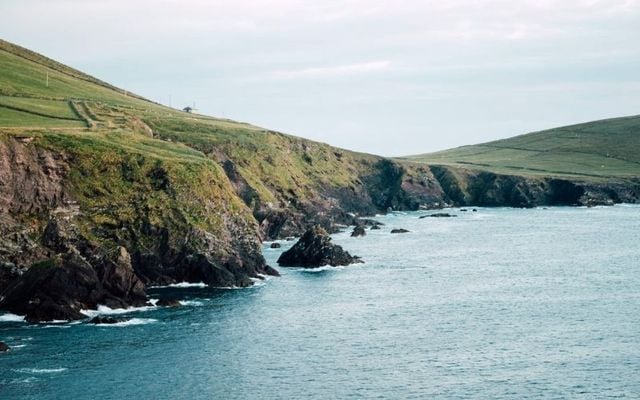The Dingle Peninsula’s coastline ranges from sandy beaches that change with every tide to high rocky cliffs more resistant to the pounding of the Atlantic Ocean. Yet cliffs, too, are subject to coastal erosion and walkers should always take care . Scrambling out to the farthest possible point to take a selfie may feel fine but the cliff face immediately below may be no more than a ledge of grassy earth and shale suspended above the ocean.
It’s important never to underestimate the power of the waves or of the sudden, unexpected gusts of wind, which can be strong enough to lift an adult male off his feet. In 2007, about 1km of the Slea Head Drive had to be reconstructed farther inland following the collapse of the cliff edge after a violent storm and, at Dún Chaoin, during an exceptionally wet winter a few years later, a river of mud swept down from the mountain into the graveyard that stands on the seaward side, above the cliffs. The stretch of water between the mainland and the Great Blasket is notoriously dangerous to navigate in bad weather.

In 1588 two ships of the Spanish Armada foundered here, having taken refuge from the autumn storms. After the Armada’s naval defeat by the English, the Spanish ships had tried to make their way home through the North Atlantic. More than twenty were wrecked off the Irish coast, from Antrim, in the north, to the Dingle Peninsula .
Sign up to IrishCentral's newsletter to stay up-to-date with everything Irish! The first to go down i.
















